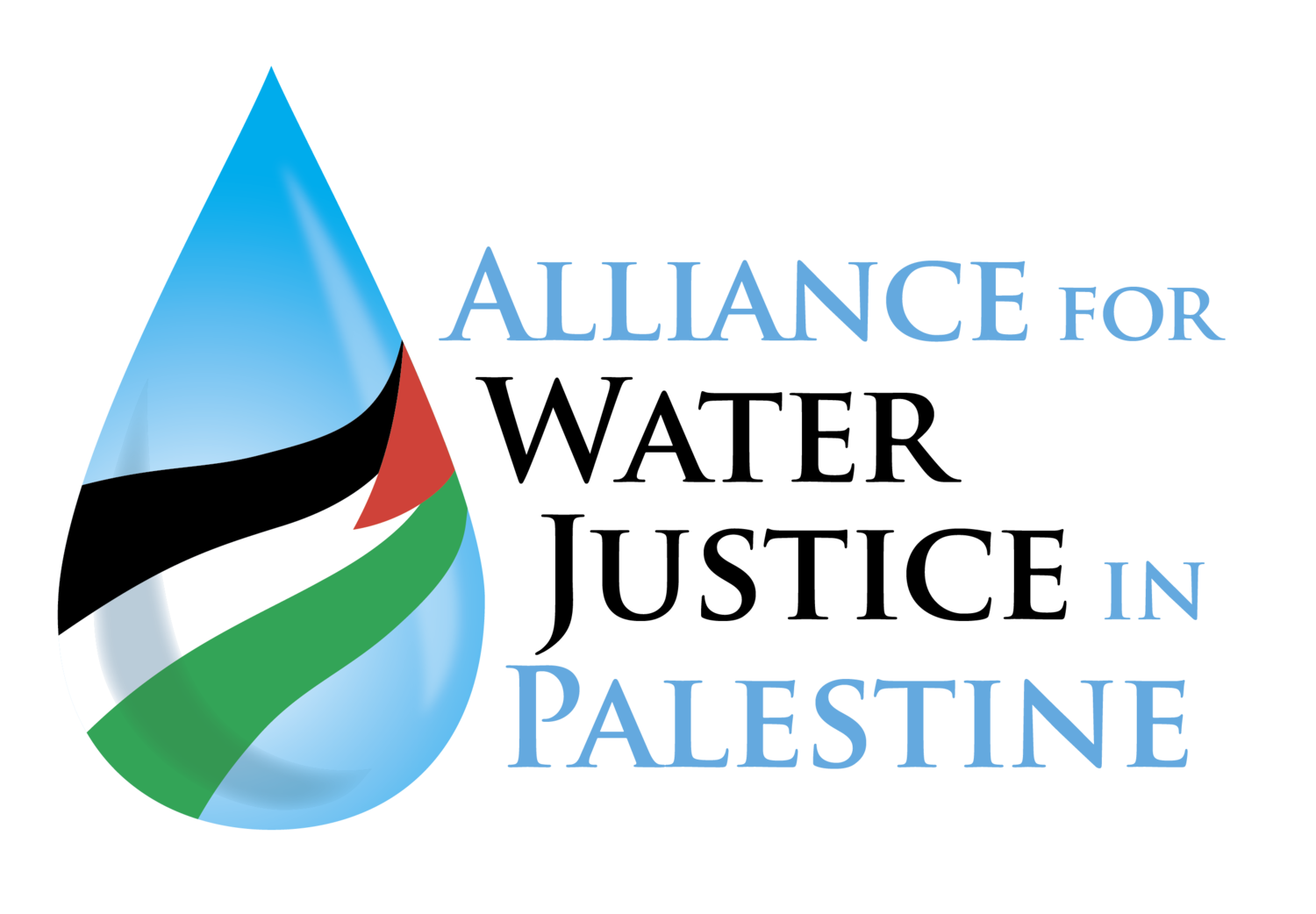Israel: the second most ‘water stressed’ country in the world
Ever since the publication of Seth Siegel’s hugely hyped book, Let there be Water: Israel’s Solution for a Water Starved World (2016), Israel and agencies like the Jewish National Fund have been marketing Israel’s ‘water miracles’ around the US and globe.
The gush of greenwashing propaganda is exemplified by David Hazony’s “How Israel is solving the world’s water crisis” in which he states that thanks to its desalination plants and technical know how, “Israel has become immune to the intense droughts that have plagued the Middle East…”.
Really? This sunny picture is resoundingly refuted by the latest ranking of water-stressed nations produced by the World Resources Institute. In early August 2019 its Aqueduct Water Risk Atlas placed Israel as the second most water-stressed nation in the world, just behind the leader Qatar, and ahead of Lebanon (#3), Iran (#4) and Jordan (#5).
It did not include Palestine in its list. In a footnote it stated that it was only ranking full member nations of the UN, and that if Palestine were a full member, it would be ranked between Lebanon and Iran.
A closer look at the stress ratings of Israel’s particular localities - with anything in the 4 - 5 range being ‘extremely high risk’ - is of particular interest. Jerusalem gets a 4.78; Tel Aviv a 4.79; and Golan a 5.00.
Yes, the Golan gets the very highest ‘extremely at risk’ ranking it is possible to receive. This is jolting on a few accounts, not least because the World Resources Institute appears to be in full accord with Trump’s March 2019 tweet saying it is time to fully recognize Israel’s sovereignty over the Golan Heights.
What has happened to this once water-rich region? The Golan Heights, source of the headwaters of the Jordan River flowing into the Sea of Galilee and then on to the Dead Sea, was so coveted by the Zionists for its water resources that they included it in the map outlining their future state as presented to the 1919 Paris Peace Conference.
With the control of water one of the factors that led to the 1967 war, Israel used the opportunity presented by the conflict to seize the Golan Heights from Syria, occupied it and declared its annexation in 1981.
For decades the Sea of Galilee, fed by the Golan Heights, provided Israel with most of its drinking water. As late as 2009, Israel depended on the Golan for 30 percent of its water resources.
Israel’s National Water Carrier (Mekorot) began pumping water from the Sea of Galilee to the coast and to the Negev in 1965, causing its level to fall precipitously over the years. Over the last decade, drought has reduced the rate of flow into the Sea of Galilee to the lowest it has been in a century. Both the Sea of Galilee and the Dead Sea are today rapidly disappearing.
Can Israel’s own water crisis be solved by desalination? In the short term perhaps, but only at a cost of potentially irreversible environmental degradation and health risks.
Meanwhile, far from solving the world’s water problems, Israel is likely to deal with its own severe water deficit by inflicting ever greater water stress on the people it occupies, whose aquifers it has claimed as its own.
Nancy Murray

